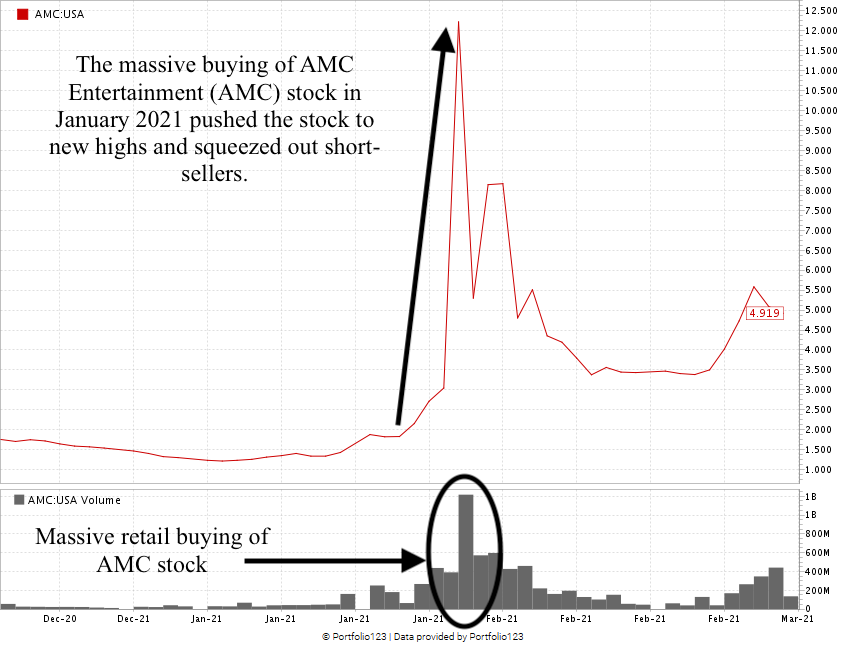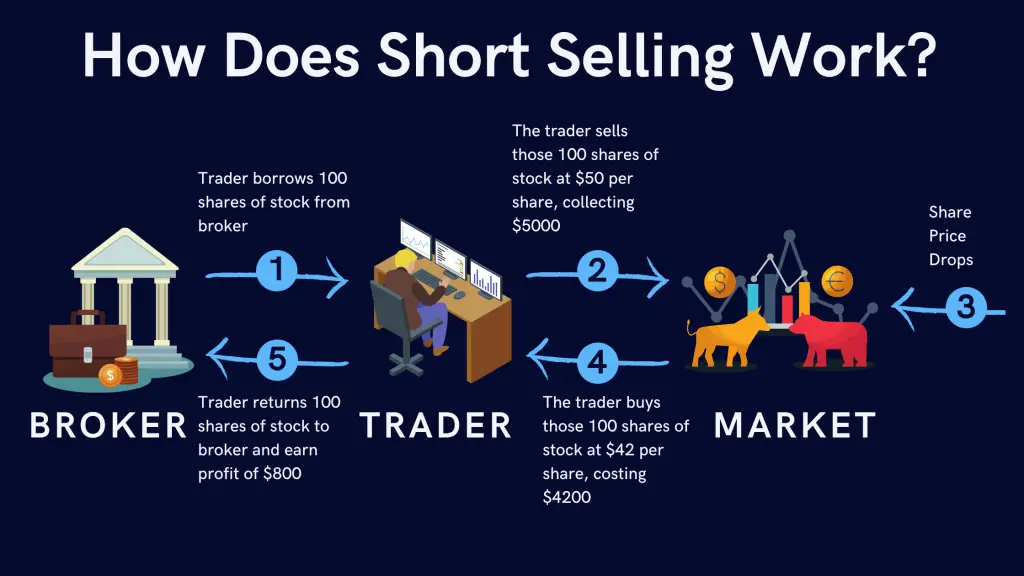So you’re sitting at your computer looking for the next big stock to trade, hoping you make enough to get a new car, take another vacation or finally buy your boat.
A headline flashes across your screen that company XYZ Inc. just reported horrible earnings and you think … this stock is going to crater.
And you wonder … what’s a great way I can profit from this company’s inevitable nosedive?
You may even recall an article you read about an investment firm making millions by short selling XYZ Inc. just when it was starting to tank.
Light bulb moment, right?
Wrong.
While the idea of short selling to make fast profits may sound attractive to some, it’s way more risk than any one person should be willing to take on.
Today, I’m going to dive deeper into short selling and give you the pros and cons before sharing a better way to profit from stocks moving down.
The Speculation of Short Selling
At the end of the day, short selling a stock is speculating it will drop in price.
Some investors use short selling as a hedge against potential downside risk in a long position.
That’s not the complicated part.
Short selling starts by borrowing shares of a stock you think will go down in value. You don’t actually own the shares.
You sell these borrowed shares to anyone willing to pay the market price.
Remember … these are borrowed shares, and the borrower has to return them at some point.
Before doing so, they bet the share price drops from when they originally sold them. If that happens, they can buy back the borrowed shares at a lower cost. The difference is pure profit for the person who borrowed the shares.
Here’s a visual that outlines this process:
Not everyone can go out and short sell stocks. To open a short position, you have to have a margin account — an account where a broker-dealer lends you cash to buy stocks.
It’s typically that broker-dealer who will help find the shares to borrow to open the short position.
Why You Don’t Want to Sell Short
I know I said I’ll go over the pros and the cons, but the only benefit to short selling is the potential gain.
Remember XYZ Inc.? Let’s say the stock price is currently $50 a share and you think its horrible earnings report will push the price down.
You want to sell short, so you borrow 100 shares and sell them to another investor at $50 per share. You are “short” 100 shares because you just sold something you don’t own.
By the next week, the share price of XYZ Inc. is down to $35 … exactly what you wanted to happen.
You then buy 100 shares at $35 and return the borrowed shares. Your profit is $15 per share (the original price of $50 minus the current price of $35), or $1,500 — not counting the fees and commissions you pay on the margin account.
Sounds good, right?
Well, here are the cons.
Take the same scenario — XYZ Inc. is at $50 a share and you think the price is on the way down.
You borrow 100 shares and sell them for $50 each.
But the market rallies and investors seem to forget about the dumpster fire quarterly report you were betting would tank the stock.
XYZ Inc.’s stock price goes up to $70 with no prospect of going down. You have to get out to mitigate your loss, so you buy the 100 shares at $70 each and return them. You have now taken a loss of $2,000 (original price of $50 minus the current price of $70 multiplied by the 100 shares).
Let’s not forget about one of the biggest drawbacks to selling short … short squeezes.
This is a little complicated to explain, but it boils down to this:
Investors see a massive short position on ABC Inc. — meaning there are a lot of short selling positions (people betting the stock drops) — so they decide to bid the price up, forcing those short sellers to sell out of already losing positions.
This happened in January 2021 when some investors noticed massive (millions of dollars) short positions in AMC Entertainment (NYSE: AMC).
As you can see in the chart below, retail investors drove the price up. This ended up costing institutional investors and hedge funds millions when they had to buy back borrowed shares for 3,722% more than they sold them for.

Bottom line: The risks of short selling well outweigh the potential rewards. However, there’s a better (and less risky) way to profit from stock declines…
A New Strategy That Banks on Declines
My good friend and chief investment strategist, Adam O’Dell, is putting the final touches on a strategy that helps you profit from companies as their stock prices fall.
The best part: It’s not nearly as risky as short selling.
I hope you join him at 1 p.m. Eastern tomorrow, when he unveils this phenomenal strategy that can help you find gains, even when the market is circling the drain.
Make sure to click here and reserve your spot for this can’t-miss presentation.
Until tomorrow…
Stay Tuned: An EV Manufacturer That Can’t Compete
Remember: We publish Stock Power Daily five days a week to give you access to the top companies that our proprietary Stock Power Ratings identify!
Tomorrow, I’ll give you the ticker of an electric vehicle company that is struggling with competition in a super tight market overseas.
Safe trading,

Matt Clark, CMSA®
Research Analyst, Money & Markets






